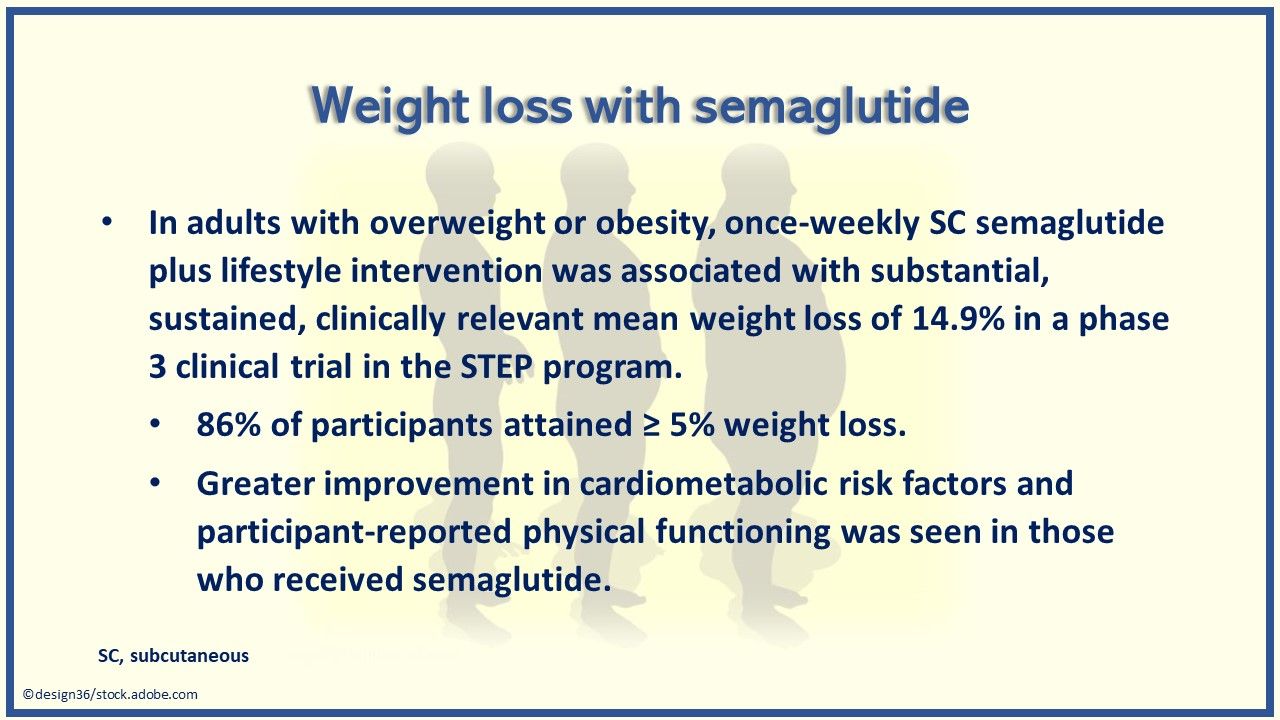The Capacity Of Tesofensine: Navigating With An Effective Cycle For We…
페이지 정보
작성자 Paige 댓글 0건 조회 11회 작성일 24-11-09 15:16본문
 Nevertheless, the danger of regression and the likelihood of introduction of opposite side results such as extrapyramidal side effects have to be taken into consideration. Evidence from meta-analysis recommends a mean distinction of 3 kg over sugar pill in trials which lasted approximately 24 weeks. This corresponds to about 1 kg/m2 reduction of BMI.91 Weight reduction of ≥ 7% is thought about medically purposeful. Evidence shows that metformin leads to scientifically considerable weight management in concerning half the clients.61 Metformin may be a lot more effective in protecting against AIWG in antipsychotic-naive patients. Results of metformin beyond weight decrease, such as glycemic control, Tesofensine dosage form are also a benefit.
Nevertheless, the danger of regression and the likelihood of introduction of opposite side results such as extrapyramidal side effects have to be taken into consideration. Evidence from meta-analysis recommends a mean distinction of 3 kg over sugar pill in trials which lasted approximately 24 weeks. This corresponds to about 1 kg/m2 reduction of BMI.91 Weight reduction of ≥ 7% is thought about medically purposeful. Evidence shows that metformin leads to scientifically considerable weight management in concerning half the clients.61 Metformin may be a lot more effective in protecting against AIWG in antipsychotic-naive patients. Results of metformin beyond weight decrease, such as glycemic control, Tesofensine dosage form are also a benefit.Nonetheless, it is presently unidentified whether tesofensine targets these neuronal populations. Unlike adults, youngsters are literally and psychologically a lot more vulnerable to the unfavorable results of medicines. Children are physiologically different from adults because of recurring development and advancement. By dealing with the underlying sources of weight gain and obesity, individuals can lose and keep weight off. During a medically monitored fat burning program, we have a group of experts in Houston that measure a client's weight reduction by the number of pounds lost, their metabolic process, and body structure.
Especially, rats did considerably fewer tests in Q1 and Q2 however compensated for this by performing dramatically a lot more in Q3 and Q4. Nonetheless, the precision of the sucrose detection job (i.e., the percent proper tests) was not substantially changed by tesofensine (S3 Fig). In addition, it is popular that LH GABAergic excitement commonly results in stimulus-bound feeding. Many feeding takes place within 2.5 seconds of optogenetic stimulation [11] (Fig 4D; Sal + laser). These outcomes demonstrate that the Tesofensine pricing-induced decrease in sucrose usage, measured by the variety of licks, results from reduced feeding consummatory actions rather than just hindering oromotor reflexes generated by optogenetic stimulation.
Also, intraperitoneal and intra-NAcSh management of D1 and D2 dopamine villains partly turned around NPE's caused weight management and food intake reductions. In addition, the D1 villain, SCH-23390, eliminated NPE-induced locomotion, whereas the D2 villain, raclopride, just postponed its onset. We additionally discovered that NPE stimulated an internet activation discrepancy in NAcSh that thrust the population task trajectories right into a vibrant medicinal mind state, which associated with the start of NPE-induced wakefulness. Together, our data show that NPE regulates NAcSh spiking activity which both dopamine D1 and D2 receptors are needed for NPE's generated food intake reductions and weight management. For several years weight problems was thought to be a problem of overeating thatcould be solved through therapy and short term medication treatment.
Analytical Pens Of The Serotonergic System In Rat Versions Of Weight Problems And After Roux‐en‐y Stomach Bypass
Unlike the idea that they mostly act using norepinephrine and serotonin neurotransmitters, we located that D1- and D2-like DA receptor villains significantly attenuated their anorectic and weight loss results (Kalyanasundar et al., 2015). Nevertheless, there is a scarcity of details regarding D-norpseudoephedrine (NPE), a hunger suppressant presented in the 1970s, used for weight reduction. In summary, Tesofensine in obesity research is a first-in-class triple monoamine reuptake prevention demonstrating appealing fat burning efficiency in scientific tests for weight problems. It generates dose-dependent weight reduction of as much as 10% more than placebo over 6 months of treatment. While generally well-tolerated acutely, possible adverse effects like boosted heart rate and blood pressure have actually delayed regulatory authorization amidst long-term safety and security issues. Further stage IV studies are needed to much better identify the benefit-risk profile of tesofensine throughout patient subgroups and in real-world setups.
Total analytical analyses on body weight, food consumption, and locomotor activity can be found in Supplementary Table 1. When rimonabant was withdrawn, all additional development of taranabant was terminated (Aronne et al., 2010). In phase-II trials that entailed randomization to dealt with doses of medication it was noted that psychiatric side effects were the commonest reason for Tesofensine in obesity research study attrition (Proietto et al., 2010). At the lowest dose there was enhanced vigor-activity; depression-dejection was seen on the highest dosage. These obviously dopaminergic effects might be because of harmony of the dopamine and endocannibinoid pathway (Despres et al., 2005). Although under activity of the reward pathway can bring about frustration and reduced mood, way too much excitement can be addicting and stimulants are acknowledged as medicines of abuse.
Electrophysiological recordings additionally revealed that NPE evoked a solid inflection on NAcSh's single-unit and populace task that associated with the onset of the active wide awake brain state, a sign of sleep problems. Because the significant unfavorable occasions causing discontinuation in theproof-of-concept trial were nausea and throwing up attributable to naltrexone, a24-week phase II test evaluated three dosages of naltrexone with bupropion tofind the most tolerable dose with sufficient efficacy. The test randomized 419obese subjects to bupropion alone 400 mg/d, three mix doses ofnaltrexone/bupropion (NB) with naltrexone at 16 mg/d, 32 mg/d, or 48 mg andbupropion 400 mg/d, or placebo [38] Theplacebo subtracted weight loss was greatest (4.65% of body weight) in the NB 32mg/d group by last observation carried forward (LOCF) analysis due to higherdrop outs in the NB 48 mg/d team from nausea or vomiting and vomiting [38]

댓글목록
등록된 댓글이 없습니다.


